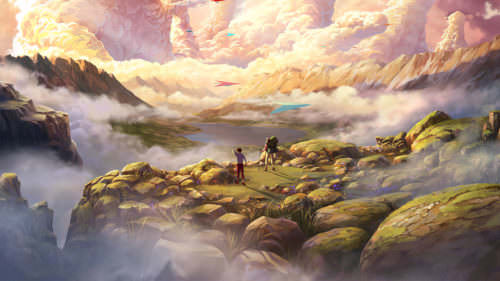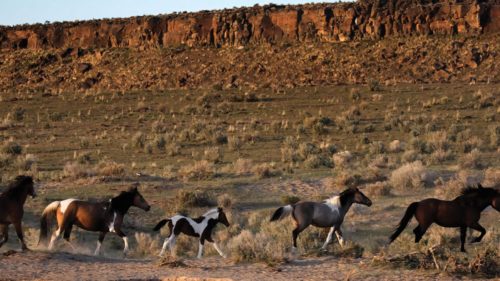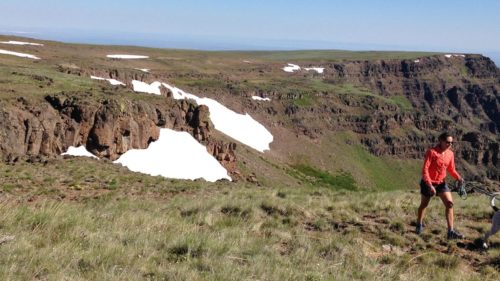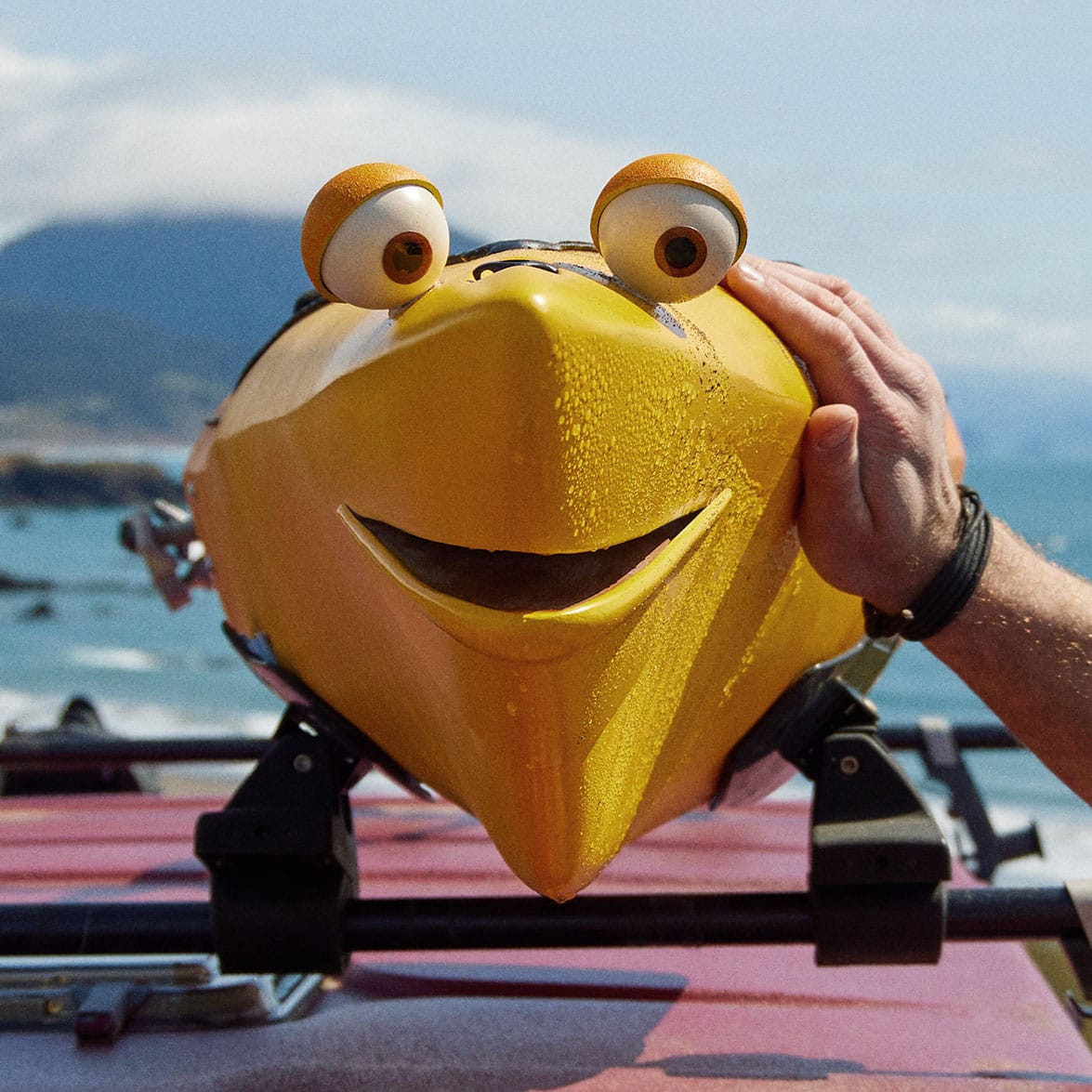It’s hard not to fall in love with the dreamy images of Kiger Gorge, Wildhorse Lake and rest of the backcountry wilderness that surrounds Steens Mountain in Southeastern Oregon.
The Steens (yes, it’s just one mountain) is located at the opposite corner of the state from Portland, about a seven-hour drive, and as removed from city life as can be. It’s one of Oregon’s most rugged and lesser-visited destinations to backpack, hike, camp, fish and soak up the grandeur, due to its remoteness and rustic amenities.
If you’re a beginner backpacker, you might be thinking that this isn’t a good trip for you. But know that with planning and preparation, this beast is yours to conquer. Here’s how to get started.
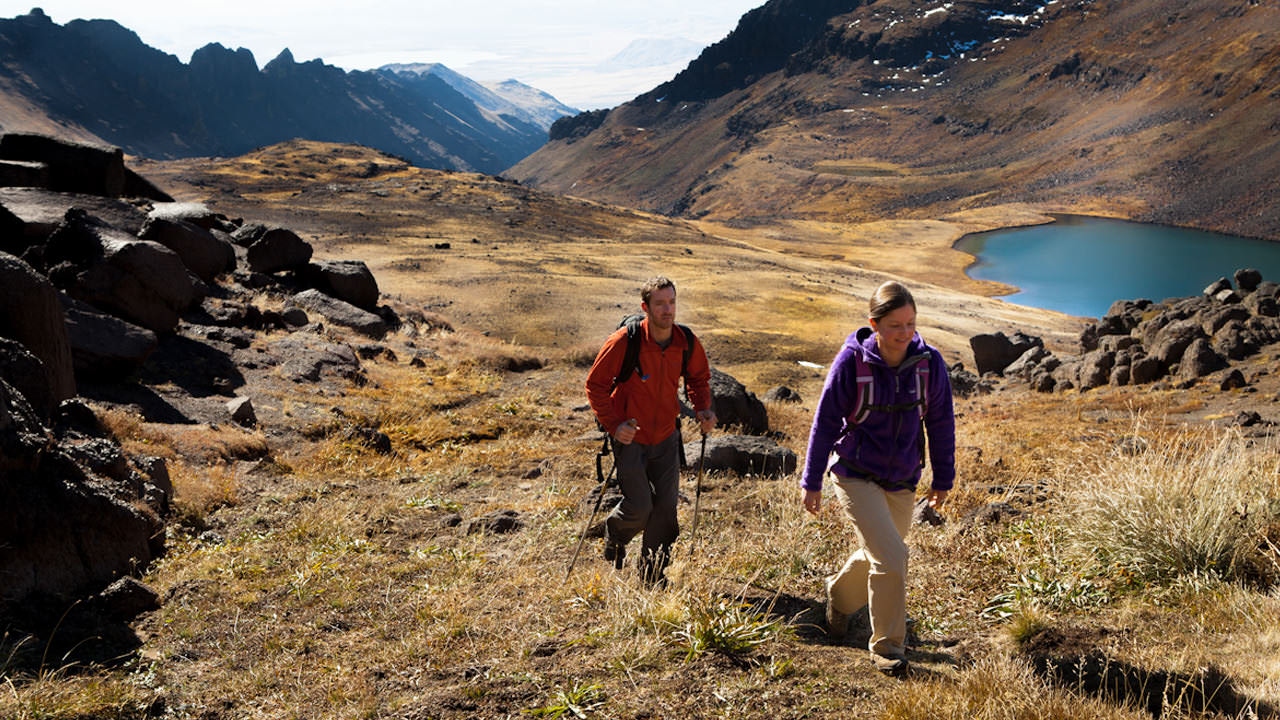
How to hike it
As you pick your route, keep in mind two major factors: your ability and the conditions. Be mindful of both, which can change day to day. Also be prepared for no cell service — bring printed maps, extra supplies and bug spray (hint: early summer is heavy mosquito season here).
For a mid-range trek, consider Little Blitzen Gorge where you can choose to hike a shorter or longer route (3.1 to 9.3 miles each way) through a canyon filled with aspens, cottonwoods and waterfalls. It’s best accessed in the spring — during wildflower season — or again August through November.
Intrepid hikers may aim for Big Indian Gorge, 16 miles round-trip or 10 miles one way with a shuttle option. Best between August and November, you’ll find stream crossings, wildflowers and waterfalls, with a steep cross-country hike out of the canyon.
Wildhorse Lake is a tough but rewarding challenge, at 2.5 miles round-trip through a bowl that traverses a field of lava rock. Make sure to wear proper footwear since it’s loose and rocky on the descent. The lakeshore, 1.2 miles in, is part of a fragile ecosystem, so make sure to stick to the established paths — although swimming and paddling is perfectly welcome. Sweat out the uphill as you return, covering 1,100 feet of elevation.
Whenever you hike the Steens or other trails, know your limits and always carry your Ten Essentials, including layers, paper maps, plenty of water and snacks, emergency gear and always hike with a buddy. Always pack out what you pack in, including pet waste, and follow more steps to Take Care Out There. The land here is a mix of public and private, so respect all road closure signs and other notices, as ranching is a way of life here.
Looking to take it all in from the comfort of your car? You can easily spend half a day or a full day taking in the sights and sounds of the 59-mile Steens Loop Tour Route (best June through October). Make sure you’re topped off with fuel in Burns, at the Frenchglen Hotel or at Fields Station before setting out. The road starts at Frenchglen and winds its way around the mountain to the summit, at 10,000 feet and then down again, on the western slope. The road is often rocky and bumpy, and very dusty, so be prepared with appropriate tires in a vehicle that can handle the terrain. Don’t forget to pack lunch and water and stop for frequent walks and photo opps.
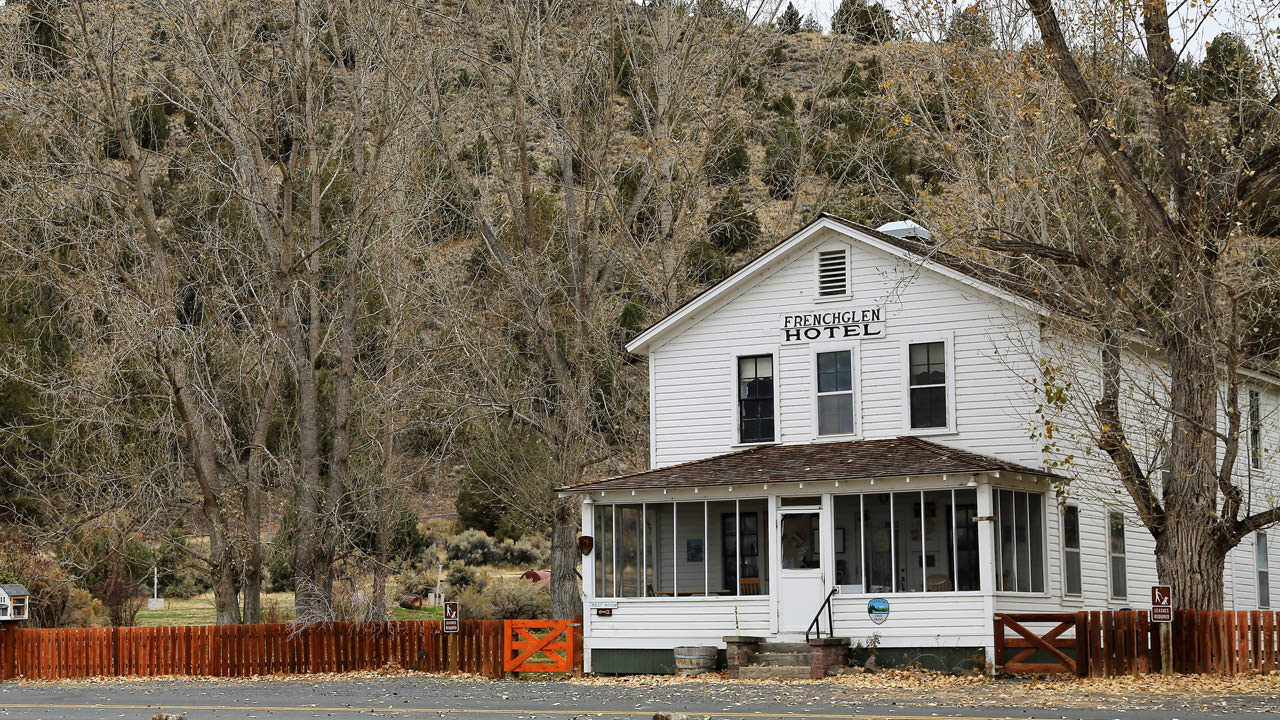
Where to eat and sleep
Make your basecamp at any of half a dozen nearby campgrounds and a historic bed and breakfast. Fish Lake Campground (open July through September) and Jackman Park Campground (mid-June through October) are located at high elevation (7,400 feet and 7,800 feet, respectively) with incredible views and activity options aplenty just beyond your tent. Page Springs Campground, at 4,200 feet, is open year-round with a volunteer host for visitors between May and October. South Steens Campground is a lovely basecamp for tent campers as well as RVs and horses between May and November. Finally, Steens Mountain Wilderness Resort (also a campground) offers tent and RV sites as well as deluxe 2-bedroom “homestead” cabins (full kitchen, TV/DVD, washer/dryer and bedding included.) Guests also have access to their Wi-Fi, facilities and general store with firewood, amenities and fishing licenses.
For a slightly more indulgent experience, the Frenchglen Hotel is 60 miles south of Burns, the biggest city (with one stoplight) you’ll see in this region. The historic hotel offers individual rooms with a shared bathroom, family-style suppers and a convenient and charming place to rest after a day outside. Nearby in the town of Diamond, Hotel Diamond — the oldest hotel in Eastern Oregon — also offers evening suppers by reservation that are open to the public if space is available. Make sure to fill up at the gas station and general store next door, as there aren’t any for miles around.
Bring plenty of water (about a gallon per person per day) and food with you, because dining options are limited. Two best bets are The Fields Station Cafe and gas station — famous for homestyle breakfasts and thick milkshakes — and the Frenchglen Hotel, which serves breakfast, lunch and dinner. Make sure to call for a supper reservation.
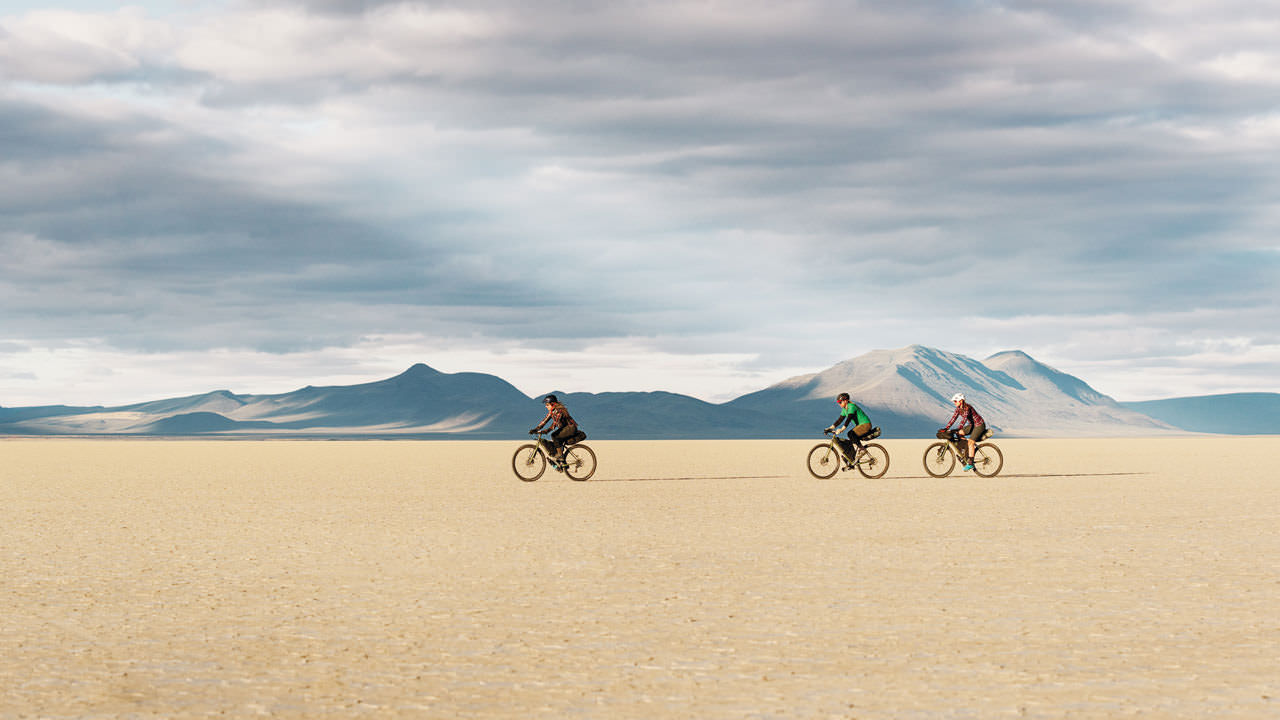
Plan for your rest days
When your calves are burning and your face is sunburned (it shouldn’t be, if you’re wearing sunblock and a hat), take a rest day and explore an otherworldly landscape. The Alvord Desert seems to stretch on forever, the cracked alkali surface at the base of the mountain ripe for riding a bike, throwing a Frisbee, flying a kite or just daydreaming. Plan your trip for spring or fall, or early mornings or late evenings in the summer to avoid the hot sun.
Give your sore muscles a treat and take a soak in the soothing Alvord Hot Springs (open to overnight guests only), where the host will share information about the area and show you her great rock collection. Crane Hot Springs is another blissful refuge, about 30 miles southeast of Burns, that offers day soaks (indoor and outdoor) as well as cabins, RV camping and teepees in the summer months.
Hope you brought your fishing pole. Take it with you to the pristine Mann Lake or the little-known Wild and Scenic Donner und Blitzen River, known for its catch-and-release angling. Binoculars, too, are a must for this trip. Pick up a bird guide before you go and see how many you can spot at the Malheur National Wildlife Refuge, a sanctuary for 187,757 acres of wildlife habitat with a public museum and visitor center to help you soak it all in. This corner of the state is famous for its migratory birding opportunities year-round.
Don’t leave Harney County without exploring the high-desert town of Burns, a few compact blocks filled with restaurants, shops and a movie theater. Also in Burns is the Oards Gallery — a treasure trove of Native artifacts combined with a small convenience store; stock up on drinks and snacks for the ride home.
